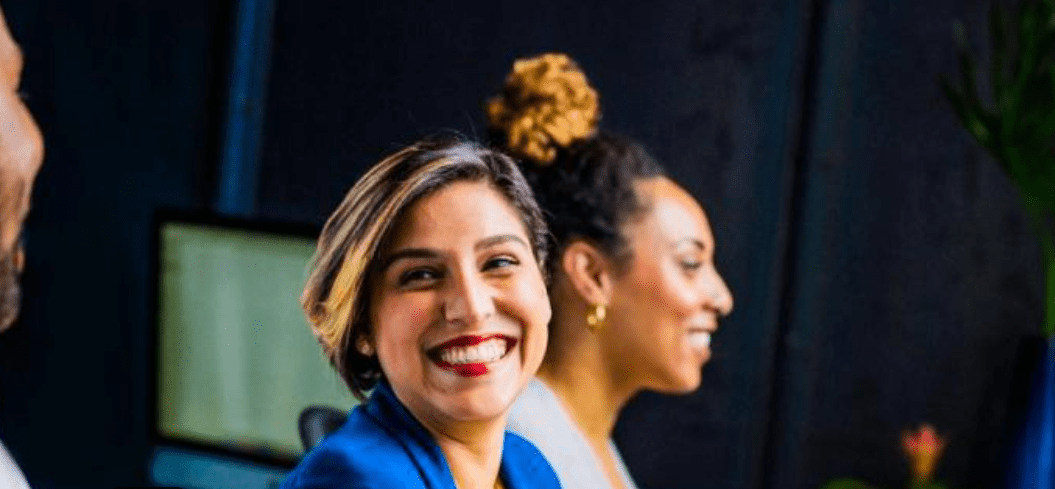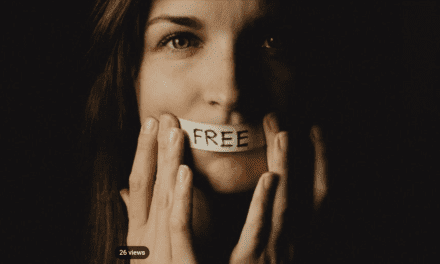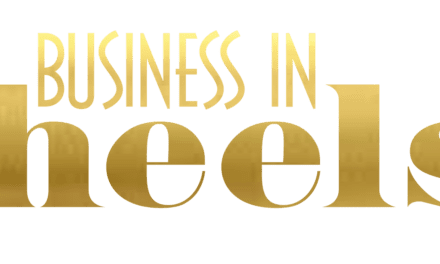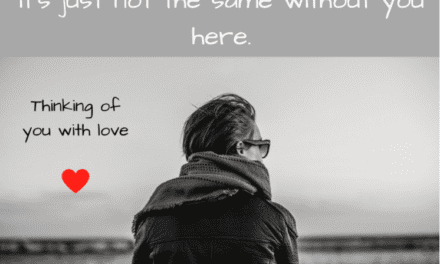Would you like to have an insight into the hidden thoughts of others? Once you learn how to read someone’s body language then you will realize that their thoughts are not as hidden as they might think.
Alan Pease has studied human body communication for decades and shares his discoveries in the best selling book: The Definitive Book of Body Language. If you haven’t read it, I highly recommend it.
When we are aware of the signals that we intuitively give out, we can use this understanding to communicate more effectively with our loved ones at home; with our team at work; with an audience while presenting, with anyone and everyone.
A word of caution: we do have to be careful with our interpretation of others’ behaviour so that we don’t wrongly misjudge them. For example, someone sitting at a company meeting with their arms folded tightly may just be cold not necessarily disengaged or distant. It is really important to take the content and the context of their message into account when assessing their body language. Most importantly look for congruence. If someone is being genuine and honest you will feel, hear and see a synergy between their words, intentions and actions.
Throughout the book Pease gives many examples of ‘signals’ some are physical, others are perceived, and many are facial. The one I love the most is the Smile:
“The smile is the universal expression of happiness. As children, we were often encouraged to put on a ‘happy face’. It was good advice because smiling tends to encourage a positive response in others. Most people cannot tell the difference between a genuine smile—which produces characteristic wrinkles around the eyes—and a false smile, which only involves the mouth muscles. And smiles—fake or genuine—are contagious. Research has proven that it is nearly impossible not to smile at someone who smiles at you—and this creates positive feelings in both of you. Smiling and laughing have been scientifically shown to have beneficial social and health effects. Smiling people are more popular, receive more positive feedback from others and suffer fewer ulcers! Laughter stimulates the body’s natural endorphins, which relaxes the body and relieves pain while strengthening the immune system.”
I attended a Public Speaking Course recently and the trainer spent most of the session explaining the importance of using our hands when presenting. He started by demonstrating a male speaker who had his hands clasped together and hanging loose in front of his trouser zip, the trainer exaggerated this poor fella’s actions and has us all in fits of laughter because it looked as if the guy needed to pee throughout his whole speech. The trainer emphasised the importance of having our hands at waist height and to use them to make large, inclusive, dramatic gestures to hold the audience’s attention. Not like the woman he told us about who had open palms in front of her chest, making small inconclusive movements, which for the guests looked like she was rubbing her breasts.
If you are negotiating with someone—could be your partner, child or boss and their body language is distant and cold, fighting or copying that behaviour will lead to further negativity and misunderstanding. If you want to get them back on your side you have to break their posture, which will interrupt their negative thoughts and give you a chance to renegotiate. So how do you do this? Distract them by pointing out something irrelevant to the conversation ie: the room is too hot and you have to open the window. Or give them something, maybe a pen and paper and ask them to write down their complaints. Offer them a cup of tea, not only is this a positive gesture it will also break their stance when they reach out to take the cup. If sitting, you could lean forward, with your palms open and invite them to ask you a question. By doing this you are taking control of the situation in a very positive way. Holding your palms up indicates to them that you are open to resolving the situation and your invitation allows for reciprocation.
One thing that is very difficult to hide when genuine, is facial expression. We will automatically blush when embarrassed. Our eyelids blink when we are confused or trying to hide something. The pupils of our eyes dilate when telling lies and our hands tend to go sweaty when nervous.
On the other hand, when you are in alignment with a good friend or partner you both tend to perform some actions at the same time without even realising it. Often, my husband and I will unintentionally pick up our wine glass to drink at the same time. Or I will notice that my friend and I are sitting crossed legged with our heads tilted in the same direction. If you struggle to create rapport with people you don’t know but would really like to then one suggestion is to ‘mirror’ their behaviour. This must be done in a relaxed, natural manner otherwise they will think you are being creepy. Give it a try and let me know how you get on.
Written by Anne McKeown.
For the latest in wellbeing visit Blisspot.com






